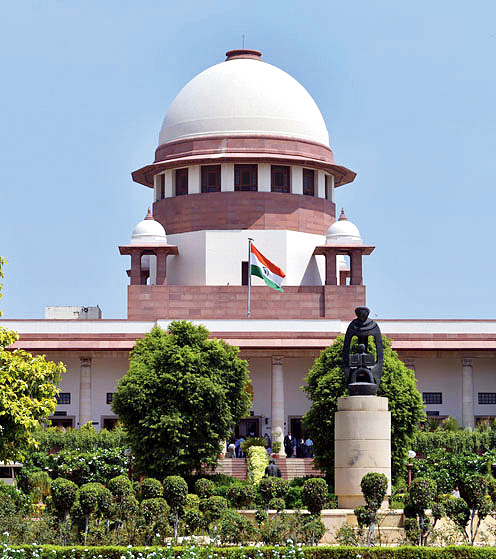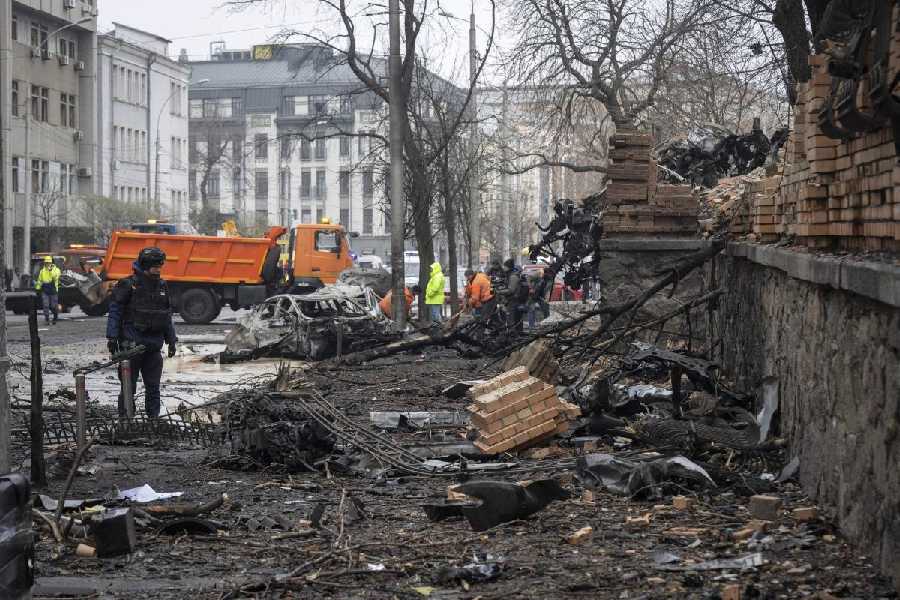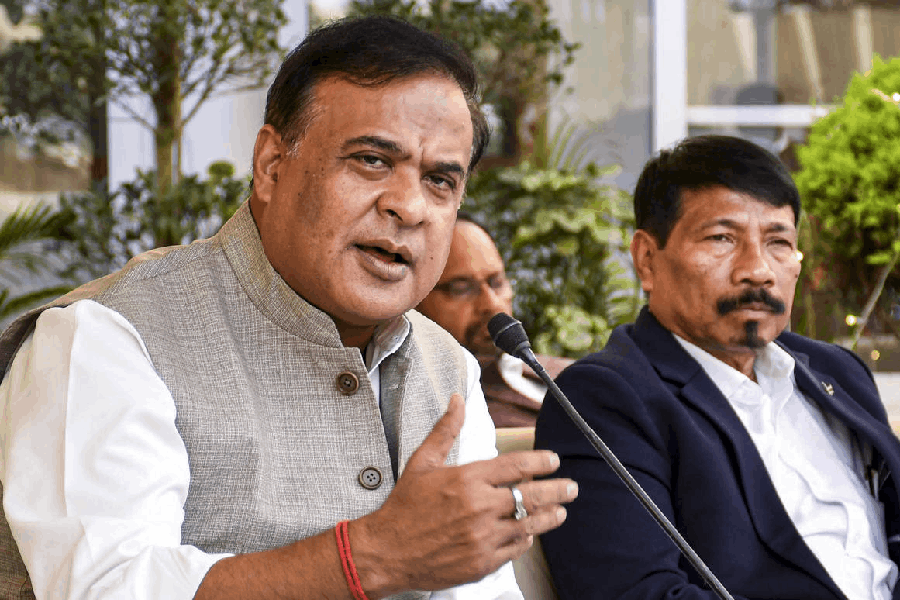The Supreme Court on Monday dismissed a petition on the boundary dispute between Meghalaya and Assam.
Former IFS officer T.H.S. Bonney had filed a petition before the apex court, requesting it to direct the Centre to constitute a time-bound commission to resolve the boundary dispute between the two states.
While passing the order, a bench comprising Chief Justice Ranjan Gogoi, noted: “Having heard learned counsel for the petitioner and upon perusing the relevant material, we are not inclined to entertain the present petition. The writ petition is accordingly dismissed.”
Pending interlocutory applications, if any, shall stand disposed of, the court ordered.
Speaking over phone from Delhi, advocate Fenela L. Nonglait said the court had asked the petitioner to approach the Centre. “The court noted there was no urgency in relation to the inter-state boundary dispute,” she said.
Nonglait added the lawyers for the petitioner would send a legal representation to the Centre on the inter-state boundary dispute. This will be done when the new government takes over after May 23. “We will again approach the court with reply from the Centre,” she added.
Bonney noted that the four-decade Meghalaya-Assam border dispute has resulted in “huge bloodshed, dislocation of people, loss of employment and economic opportunities” as Meghalaya was formally a part of Assam.
It was also noted that the border between the two states extends on three sides involving the districts of Ri Bhoi, West Khasi Hills besides Jaintia Hills and Kamrup and Mikir Hills in Assam, including Blocks I and II.
The petitioner stated that the Assam government tagged Blocks I and II from Jowai subdivision in 1951 and merged these areas with the United Mikir and North Cachar Hills (now Karbi Anglong). While Block I comprises 143 villages, Block-II consists of 213 villages. He also noted that the Khasi-Jaintia and Garo hills districts of Meghalaya share contiguous areas with Kamrup, Mikir Hills (now Karbi Anglong and Goalpara districts of Assam) districts.
“The people residing in these areas were mostly tribals from Meghalaya and had favoured inclusion with Meghalaya, giving rise to tension between the two states. The contiguous areas in Ri Bhoi district were transferred to Kamrup district, Block-I and Block-II of Jaintia Hills to Mikir Hills (Karbi Anglong) district and areas in Garo hills to Goalpara district,” Bonney contended.
He said there was no clear-cut demarcated boundary between Meghalaya and Assam. Meghalaya was carved out of Assam and it attained statehood on January 21, 1972.
Both the states had identified 12 areas of dispute. These include Upper Tarabari, Gizang reserve forest, Hahim area, Langpih area, Bordwar area, Boklapara, Nongwah, Mawtamur, Khanapara-Pilangkata, Deshdemoreah, Khanduli-Psiar area, areas of Block I and II and Ratacherra. The total area of the 12 disputed areas is 2,765.14 sq km.
Bonney also noted that when Meghalaya was in the process of attaining statehood, these areas showed intention of being included in the new state. A plan was drawn up regarding the areas to be included in the proposed Hill State.
“A decision was reached whereby the autonomous district of the composite State of Assam will form part of the proposed hill state including contiguous areas inhabited by the Khasis, Jaintias and Garos at a meeting in Haflong convened by the All-Party Hill Leaders’ Conference (APHLC) and attended by all leaders from the Hill District of Assam. This plan never materialised as the Government of India did not concede to this demand. Instead it gave Mikir Hills and North Cachar Hills districts the option to join or not to join the proposed hill state. They, however, opted to remain with Assam.
“This, however, was not done on a record basis which later resulted in the boundary problem,” he added.
Last year, Nonglait had sent a legal representation to the Union home minister regarding settlement of the interstate and international boundary dispute.










